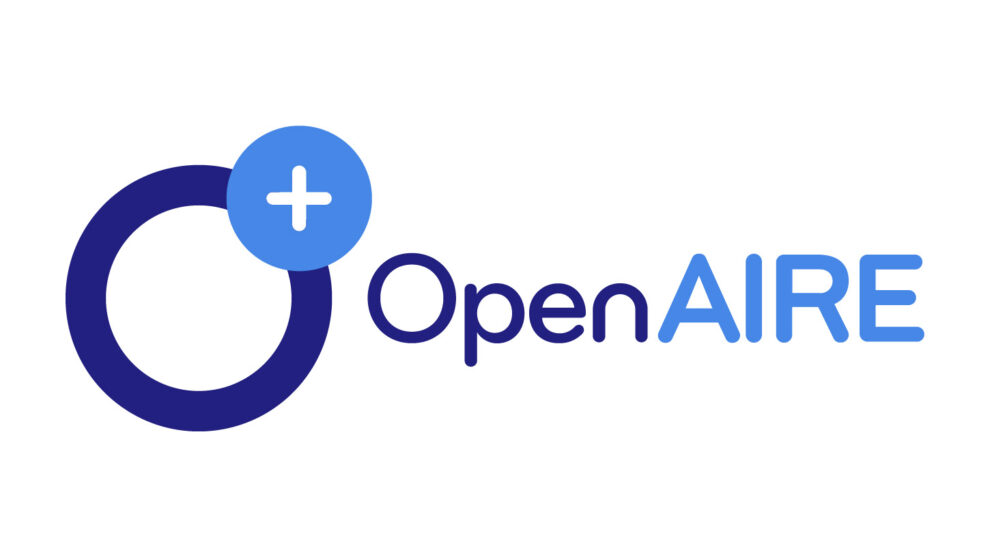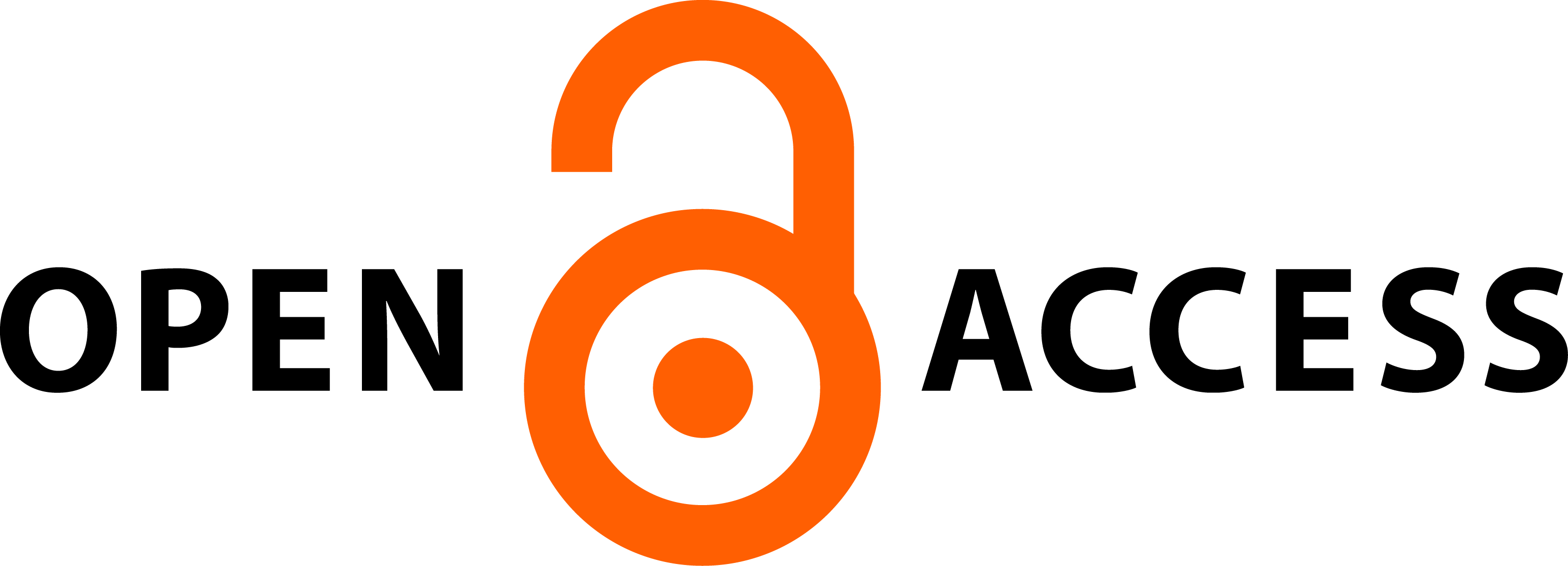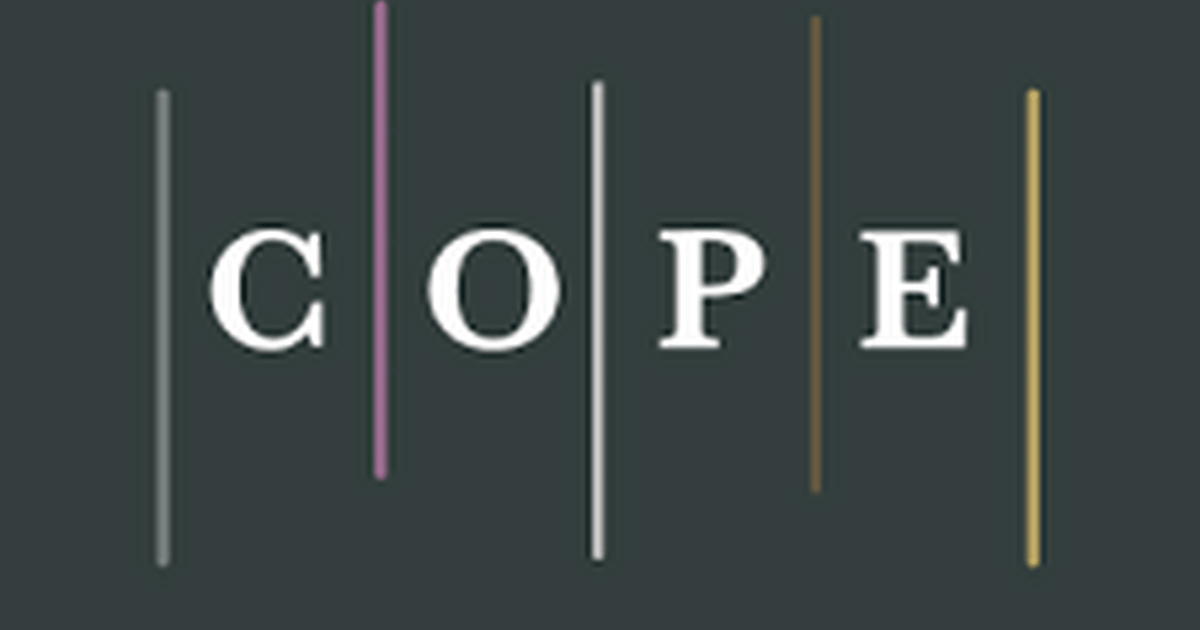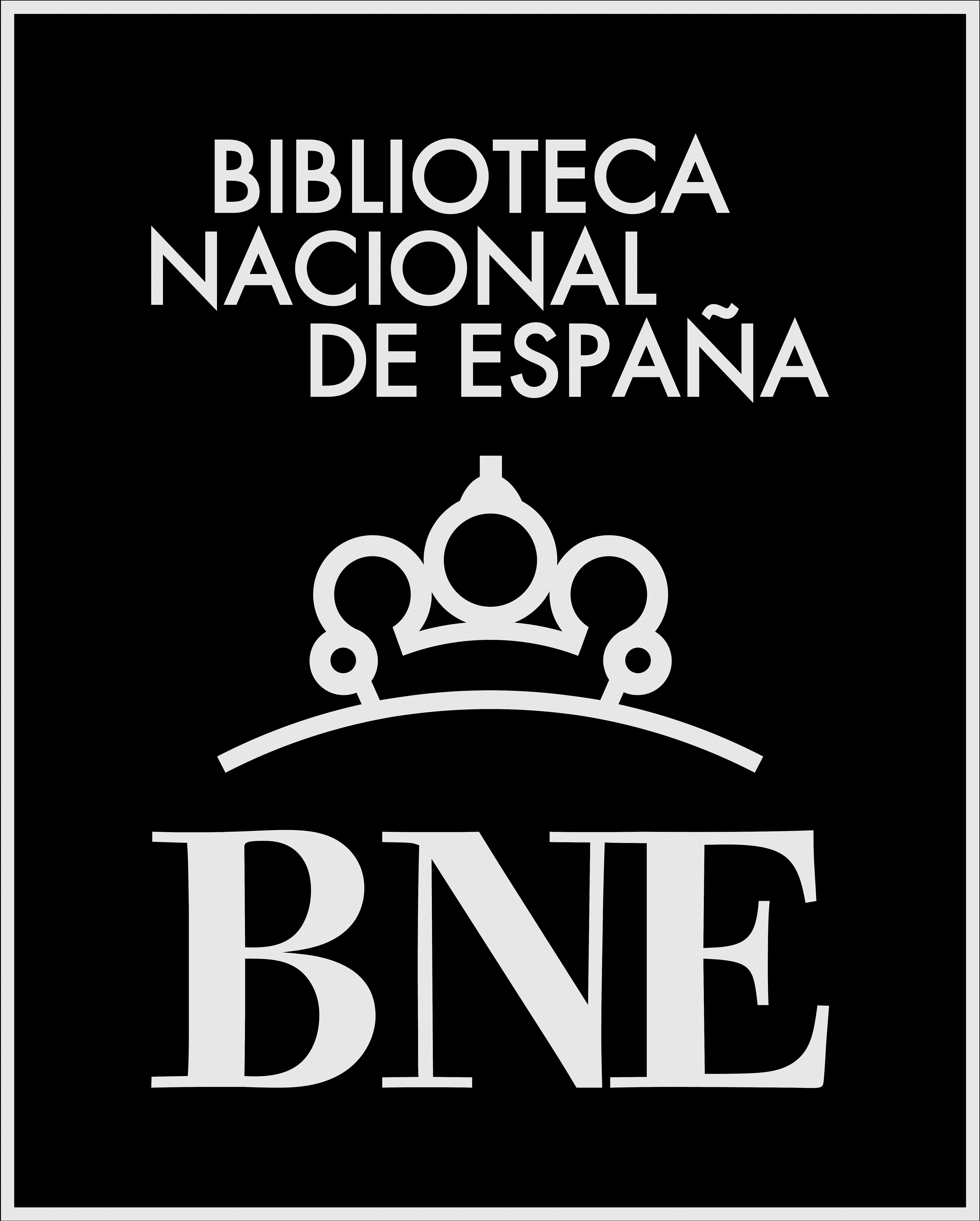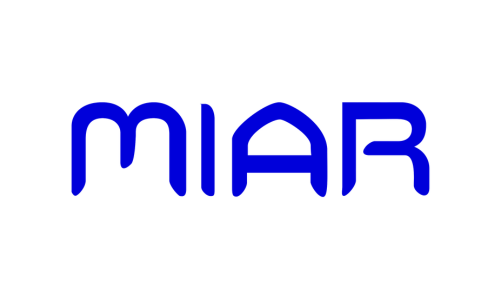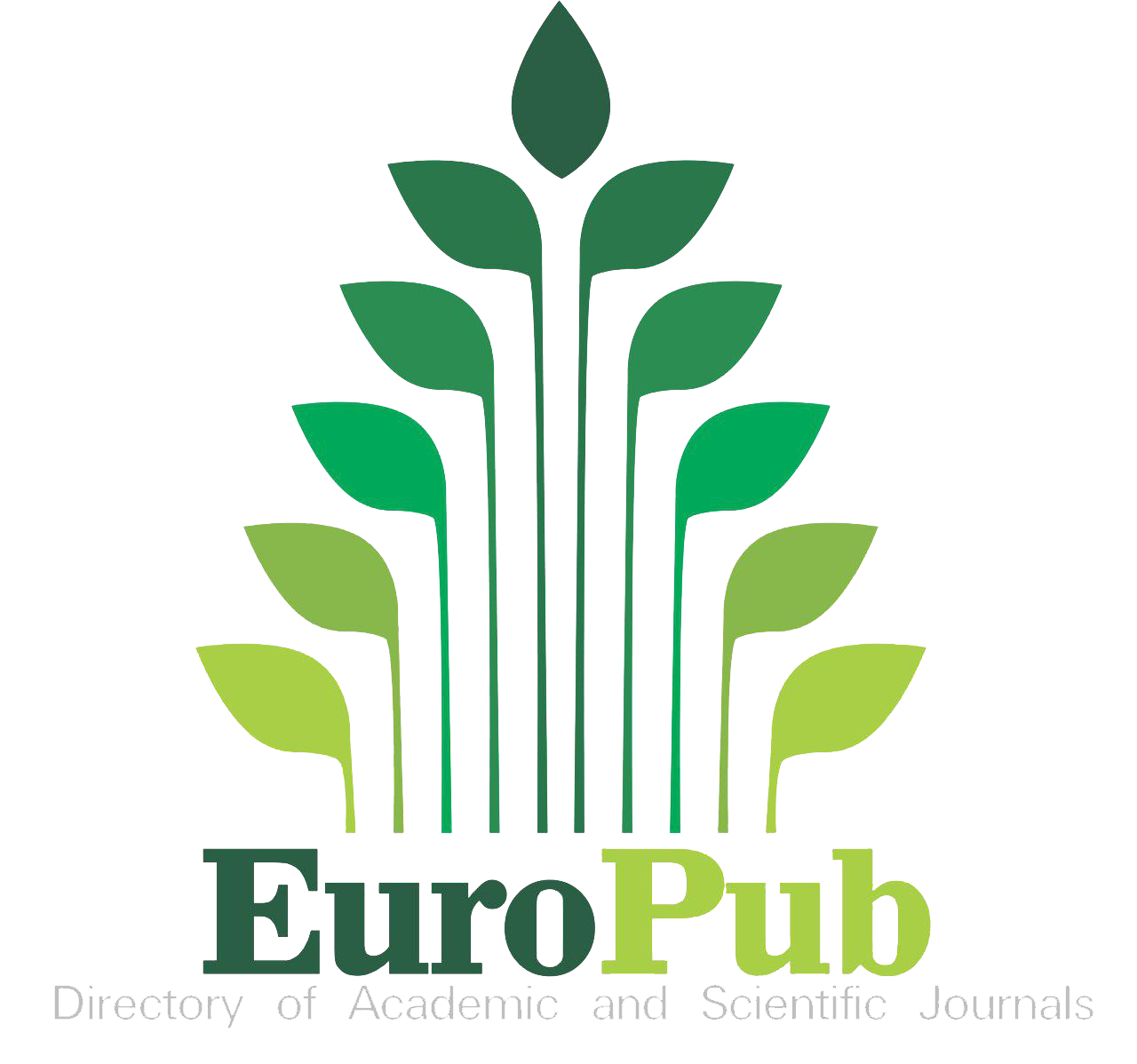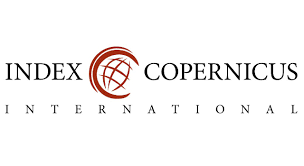Protocolo de revisión de artículos científicos para la Revista de Estudios Pedagógicos Contemporáneos
Peer review is fundamental to ensuring the academic quality of the journal, highlighting the importance of transparency, accountability, and integrity at every stage of the evaluation process. This mechanism guarantees the quality, reliability, and relevance of the knowledge published in our journal. Through this process, each manuscript is evaluated according to internationally recognized academic and scientific standards, promoting the development of a solid and trustworthy body of research.
The Journal of Contemporary Pedagogical Studies, committed to the rigor and quality of its publications, has established a detailed protocol to guide reviewers through the evaluation process of submitted articles. This protocol follows the recommendations of international organizations such as COPE (Committee on Publication Ethics) to ensure compliance with the highest ethical standards. Below is a systematic explanation of each stage and the criteria reviewers must follow during the review process.
Introduction and rationale for the review process
Peer review is an essential process for validating scientific knowledge and ensuring the quality of publications. It ensures that each article is assessed with objectivity, transparency, and academic rigor, building trust within the scientific community in the published content.
Manuscript reception and acceptance of the review
-
Upon receiving the review request, the reviewer will have a maximum of 30 days to complete the evaluation. If the reviewer cannot meet this deadline, they must inform the editorial team immediately.
-
The manuscript will be provided anonymously to guarantee an impartial evaluation, adhering to the double-blind peer review principle.
Confidentiality and professional ethics
-
The manuscript content must be treated with absolute confidentiality. The reviewer must not share or use the information for purposes other than the evaluation.
-
Reviewers must comply with the ethical principles established by COPE and other relevant standards.
-
Any potential conflicts of interest, ethical concerns, or suspected plagiarism must be reported to the editor immediately.
Manuscript evaluation criteria
The evaluation instrument accompanying this protocol is designed to guide the reviewer through a detailed analysis of the manuscript. It comprises the following sections:
a) General information (title, ID, and type of article). b) Evaluation of presentation and adherence to journal standards. c) Analysis of originality and scientific relevance. d) Review of methodological quality and results analysis. e) Global assessment and specific recommendations.
This instrument uses a qualitative rating scale and allows the reviewer to provide a well-founded assessment based on the protocol guidelines. The evaluation will be conducted following these official review criteria:
a. Presentation and adherence to journal standards
-
Coherence, clarity, and readability of the text.
-
Adherence to the requested structure: title, abstract, keywords, introduction, theoretical framework, methodology, results, conclusions, and references.
-
Correct use of academic terminology and formal conventions (APA 7th edition style).
-
Verification that all in-text citations are included in the reference list and follow the specified style.
Examples of common errors: incomplete references, graphics without descriptions, incorrect use of technical terms, improper paragraph configuration, inaccurate abstract formatting, keywords not found in any thesaurus, use of first-person narration, or templates different from the official one.
b. Originality and scientific relevance
-
Assessment of the manuscript's originality and its contribution to the educational field.
-
Analysis of the relevance of the findings and their potential impact on the scientific community and educational practices.
-
Critical comparison with previous studies to identify genuine contributions beyond mere descriptions, with a focus on argumentation and explanation.
c. Methodological quality
-
Evaluation of the research design's adequacy and justification.
-
Analysis of the validity and reliability of data collection instruments.
-
Assessment of the clarity in the presentation and discussion of results, ensuring consistency with the stated objectives.
Examples of common errors: inappropriate sample selection, lack of methodological justification, absence of variable control, insufficient methodological rigor in qualitative studies, and lack of clearly defined analysis categories.
d. Analysis and discussion
-
Coherence between the theoretical framework and the results analysis.
-
Critical and in-depth discussion of findings in relation to previous studies.
-
Relevance of educational implications and suggestions for future research.
-
Identification of potential interpretive biases and inclusion of study limitations.
Reviewer's recommendation
In case of uncertainty regarding the appropriate recommendation, reviewers should revisit the evaluation criteria outlined in this protocol and consider the overall quality of the manuscript in light of the journal's standards. If doubts persist, reviewers may consult the editor for specific guidance.
Upon completing the evaluation, reviewers must select one of the following options, providing a detailed justification for their decision:
-
A: Direct publication without modifications.
-
B: Publication subject to minor formal adjustments.
-
C: Publication subject to substantial content and form modifications.
-
D: Major changes required and re-evaluation necessary.
-
E: Rejection of the manuscript.
Preparation of the review report
The review report should follow this structure:
-
Article information: title, ID, and date of receipt.
-
Detailed analysis of each evaluated criterion, highlighting strengths and weaknesses.
-
Specific suggestions for improving the manuscript.
-
Additional observations directed to the editor.
The report should be written objectively and respectfully, emphasizing both the positive aspects and areas needing improvement. It should include:
-
Specific, detailed comments for the authors, with clear suggestions for improvements.
-
Additional recommendations or confidential notes for the editor.
-
Observations on potential ethical concerns.
Additional criteria for publication
-
Manuscript reception → Formal verification → Assignment to reviewers.
-
Peer review → Report generation.
-
Review comparison → Editorial decision.
-
Communication of the decision to the authors.
These guidelines help clarify the process and ensure transparent, efficient monitoring at each stage. In cases of significant discrepancies between the reviewers' evaluations (e.g., one "A" and one "D"), the manuscript will be sent to a third reviewer. To qualify for publication, the manuscript must receive a combined rating of "A" and "B."
We deeply appreciate your valuable collaboration, which is essential for maintaining the academic and scientific excellence of our journal.

